Young inversion with multiple linked QTLs under selection in a hybrid zone
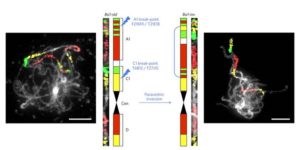 Chromosomal inversions are chromosomal rearrangements that can span several Mb and have been described in several organisms from Drosophila to maize. Inversions suppress recombination and can favor local adaptation and speciation if they capture favorable alleles. It’s not clear though if favorable alleles accumulate in older inversions or, as the Kirkpatrick–Barton model proposes, inversions capture chromosomal blocks that contain pre-existing adaptive alleles. Lee et al. show that in a hybrid speciation zone with ecologically different subspecies (East and West) of Boechera stricta (a wild-growing brassica) a young inversion arose after the last glaciation, quickly reached high frequency and shows signs of positive selection. The authors used a cross of collinear haplotypes to show that the inversion carries several QTLs that influence several phenological and developmental traits and controls high percentages of the phenological differences between the two subspecies. In summary this paper shows that inversions can capture pre-existing, favorable, linked QTLs during initial steps of speciation. (Summary by Rubén Rellán-Álverez) Nature Ecol. Evol. 10.1038/s41559-017-0119
Chromosomal inversions are chromosomal rearrangements that can span several Mb and have been described in several organisms from Drosophila to maize. Inversions suppress recombination and can favor local adaptation and speciation if they capture favorable alleles. It’s not clear though if favorable alleles accumulate in older inversions or, as the Kirkpatrick–Barton model proposes, inversions capture chromosomal blocks that contain pre-existing adaptive alleles. Lee et al. show that in a hybrid speciation zone with ecologically different subspecies (East and West) of Boechera stricta (a wild-growing brassica) a young inversion arose after the last glaciation, quickly reached high frequency and shows signs of positive selection. The authors used a cross of collinear haplotypes to show that the inversion carries several QTLs that influence several phenological and developmental traits and controls high percentages of the phenological differences between the two subspecies. In summary this paper shows that inversions can capture pre-existing, favorable, linked QTLs during initial steps of speciation. (Summary by Rubén Rellán-Álverez) Nature Ecol. Evol. 10.1038/s41559-017-0119


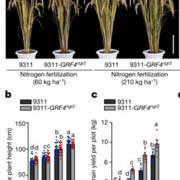
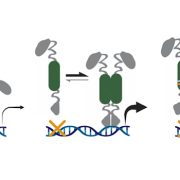

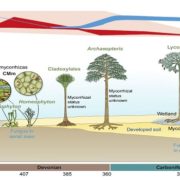
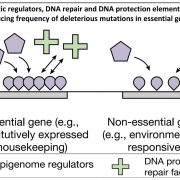



Leave a Reply
Want to join the discussion?Feel free to contribute!